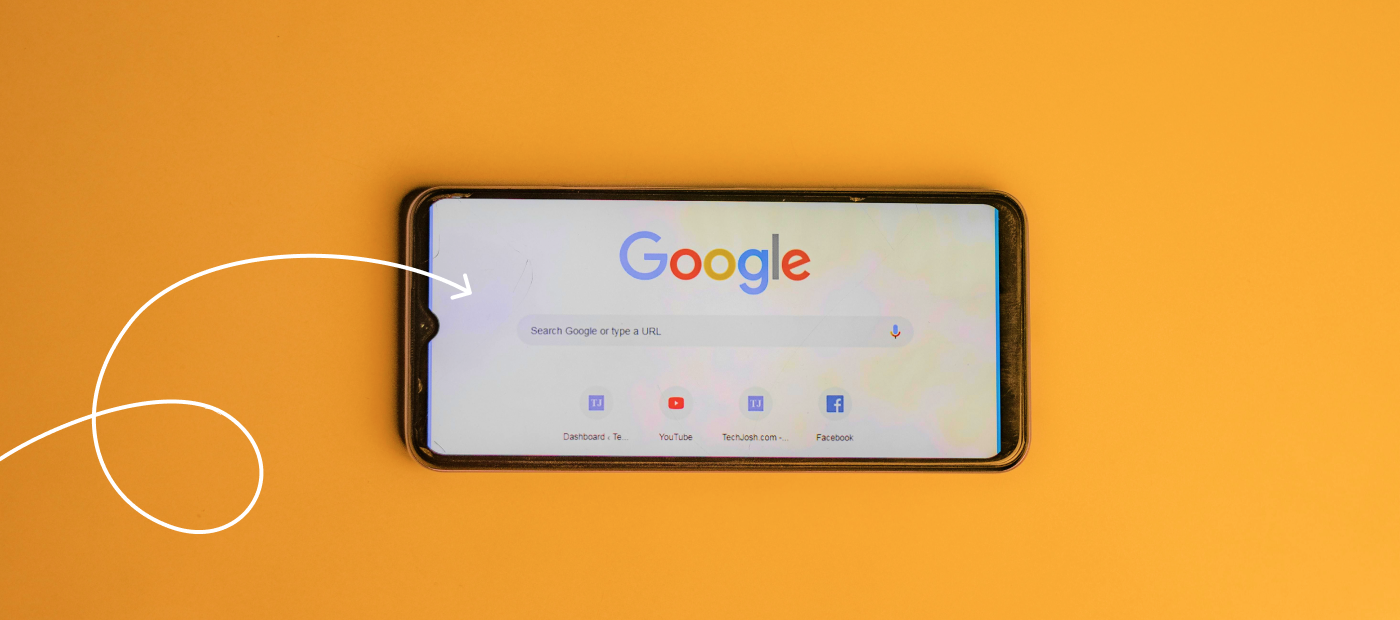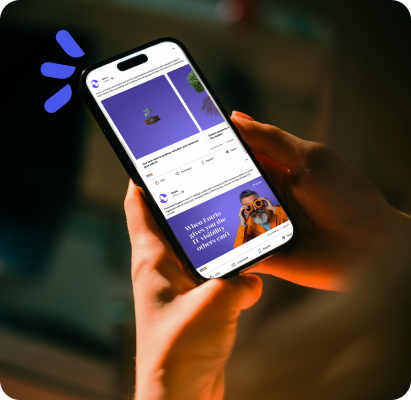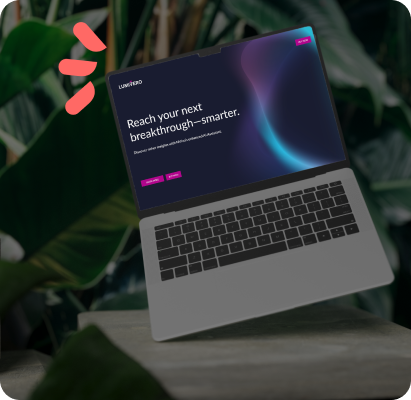
Let’s be real: SEO is not easy. It’s technical. It changes constantly. And there are no quick wins.
But that doesn’t mean it’s impossible. You don’t have to become an expert overnight—you just have to start. And the good news? Many of the most important SEO improvements are straightforward and totally doable, even if you’re not an SEO pro.
Here are eight common mistakes we see all the time—and the search-smart moves you can make to improve visibility, one step at a time.
Mistake 1. Letting SEO fear stop you from starting
The most damaging SEO mistake? Doing nothing. Because it feels overwhelming, it’s easy to delay or over-research your way into inaction. But the only way to make progress is to begin. You don’t need a full-blown strategy or an SEO expert on staff to start making improvements today.
⬇️ Start here
Choose one page to optimize, like your home page or your most important service/prodcut landing page. Use a web tool checker to help spot issues and perform basic SEO hygiene (more on this below!). These are fast, meaningful improvements—and once you get going, it becomes easier to keep the momentum.
Mistake 2. Focusing only on Google
It’s easy to default to Google when you think about SEO—and for good reason. It holds almost 90% of global search engine market share. But if you’re only optimizing for Google, you’re missing out on other powerful search platforms. YouTube is the second-largest search engine, and social platforms like Pinterest, TikTok, LinkedIn and Reddit are search engines too. Your buyers are using them to look for products, advice and how-tos.
⬇️ Start here
Think beyond Google. Optimize content for platforms where your audience is actively searching. That might mean creating YouTube video titles with strong keywords, writing Reddit-friendly how-tos, or using alt text and captions that make your Instagram and TikTok content discoverable.
Mistake 3. Forgetting that search now includes social and AI
As mentioned above, search behavior is changing fast. TikTok is now a go-to search tool for Gen Z. Instagram posts are indexed by Google. And AI-powered platforms like ChatGPT and Google’s Search Generative Experience (SGE) are summarizing and surfacing content in new ways. If you’re not considering these shifts, your content might get lost—even if it’s good.
⬇️ Start here
Write for both humans and machines. Search engines are rewarding original, high-quality content, especially in the AI age.
- Use clear, structured formatting
- Add schema markup to help AI tools interpret your content
- Make social content searchable with strategic captions and hashtags
- Regularly check how your content appears in AI-generated search results
Mistake 4. Ignoring what people actually want to find
Ranking for a high-volume keyword might feel like a win, but it’s not if the content doesn’t match the user’s intent. Someone searching “best CRM for startups” is likely looking for a comparison guide, not a product demo video. If you serve up the wrong content format or topic, you lose the click—and the opportunity.
⬇️ Start here
Use SEO tools to understand not just what people are searching, but why.
- Tools like SEMrush can surface keywords that balance high search volume with low to medium competition and show you the search intent (i.e., informational, navigational, commercial, transactional).
- Look at the SERP (search engine results page) to see what’s already ranking. Is it a how-to guide? A product list? An opinion piece? Use that as your cue to shape content that satisfies the actual question behind the keyword.
Mistake 5. Creating content without a keyword strategy
Publishing content just for the sake of staying “active” doesn’t work anymore. If your blog posts and landing pages aren’t aligned with what your audience is actively searching for, they’re unlikely to gain traction. You’ll be adding to the noise rather than cutting through it.
⬇️ Start here
Start with your ideal customer. What questions are they asking? What problems are they trying to solve?
Use a tool like Semrush, Ahrefs or Ubersuggest to identify keywords with high intent and reasonable competition. Then build your content around those terms using a “They Ask, You Answer” approach.
Mistake 6. Skipping easy SEO wins like alt text and meta descriptions
It might sound obvious, but basic SEO hygiene is still often overlooked. Every image, link and page on your site is an opportunity to improve visibility—but only if search engines can understand what’s there. Alt text, meta descriptions and H1s are small but mighty tools that help users and bots alike.
⬇️ Start here
Make web page has:
- Descriptive alt text (especially for accessibility) for non-decorative images.
- A unique meta description that includes your focus keyword (avoid duplicate title tags, headers.
- A unique title tag
- A unique H1 heading
- Proper heading level hierarchy
These behind-the-scenes elements might seem minor, but they send strong signals to search engines and can improve your click-through rate.
Note: Do not add alt text to purely decorative images as it can cause accessibility issues. Learn more about how to decide whether an image needs alt text from W3C.
Mistake 7. Ignoring performance and accessibility
User experience is part of SEO. If your site is slow, confusing or hard to use on mobile, search engines take note—and users leave. A good-looking site isn’t enough. It has to function well, load quickly and be accessible to all users, including those using assistive technology.
⬇️ Start here
There are plenty of tools available that will help you test site performance and accessibility:
- Audit your site speed with free tools like Google’s PageSpeed Insights or HubSpot’s Website Grader.
- Make sure your design is mobile-friendly and your navigation is intuitive.
- Don’t forget about accessibility: use proper heading structures, contrast ratios and descriptive link text to ensure everyone can engage with your content.
8. Prioritizing quantity over link quality
In the early days of SEO, you could game the system by racking up backlinks. Today, quality matters way more than quantity. Spammy links from irrelevant or untrustworthy sites can drag your rankings down—and hurt your credibility.
⬇️ Start here
- Monitor your backlink profile with free tools from Ahrefs or Semrush.
- Remove or disavow toxic links (here’s how to do it with Google Search Console).
- Prioritize building backlinks from trusted industry sites and media outlets.
- Don’t forget about internal linking—every blog post should point to related content elsewhere on your site.
SEO is a long game—start playing to win
Great search performance isn’t about hacking the algorithm—it’s about helping people find answers. It’s not fast, and it’s never truly finished. But if you take it one smart step at a time, you’ll build momentum and start showing up where it counts.
Want a site that works as hard as you do?
Subscribe to our newsletter
Curated content, news articles, team updates and more.



